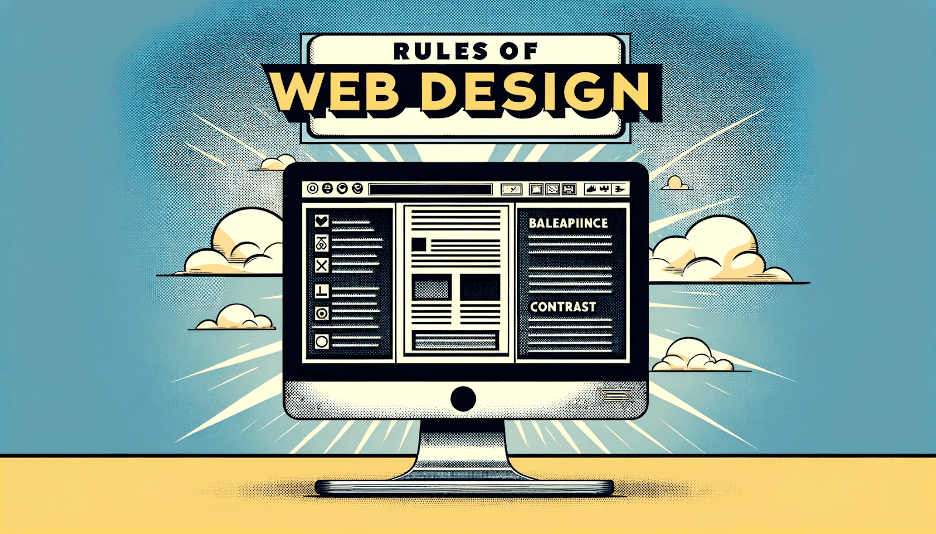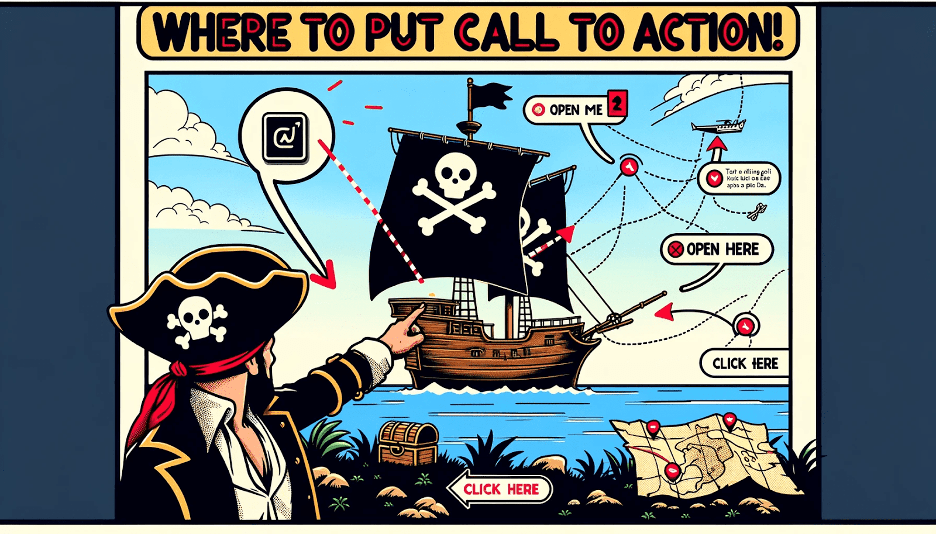
Unwritten Rules for Better Web Design
In the ever-evolving world of web design, it’s crucial to stay ahead of the curve. This article delves into the unwritten rules of web design. While these tips are universally applicable, they hold particular relevance for the marine industry, where clarity and functionality are paramount.
We are a marketing, advertising, and branding firm for the maritime industry. Our services are designed to help mission-driven businesses clarify positioning, expand reach, and increase revenues. Request a Free Strategy Call or just shoot me an email at mcharette@boatsquarterly.com
1. Engage with Your Users
Take five people, five users, and speak with them about whatever they are going through. This approach is about understanding the user experience from a real-world perspective. By identifying pain points and areas of confusion, you can tailor your design to address these issues directly. This method is not time-consuming or expensive but offers invaluable insights.
2. Conduct Focused Usability Testing
Once you’ve gathered initial feedback, it’s time for more detailed usability testing. Run a couple of one-on-one usability testing where you start giving people tasks to see how they perform. This step helps you understand how users interact with your site and where they might encounter difficulties.
3. Measure Effectiveness
In web design, measuring effectiveness is crucial. Before designing a single pixel on the screen, I want to guarantee that it is going to work better than what we have right now. This involves setting a baseline with your current design and comparing it against the new design through tasks and success rates.
4. Focus on Representative Tasks
Identify the key tasks your users will perform on your site. For a banking application, this might include sending money or checking balances. Create something like 10 to 12 representative tasks depending on the environment. This approach ensures that your design caters to the most critical user needs.
5. Aim for High Success Rates
Aim for at least an 80% success rate in task completion. This benchmark indicates that your design is intuitive and user-friendly. By comparing the success rates before and after a redesign, you can objectively assess improvements.
6. Keep Testing Realistic
When conducting tests, it’s essential to mimic real-life conditions.”Try to be as realistic as possible. This means observing users as they navigate your site without interference, which provides a more accurate picture of their natural interactions.
7. Embrace the Human Element
In an age where AI and automation are prevalent, maintaining a human touch in web design is crucial. I miss the humane touch. Websites should not feel too sterile or perfect. Instead, they should reflect the complexity and messiness of the real world, making them more relatable and engaging.
8. Balance Consistency with Surprise
While consistency in design is important, it shouldn’t be rigid. We do not have to have 100% consistent experiences just for the sake of being consistent. Adding elements of surprise or playfulness can make your website more memorable and enjoyable for users.
Conclusion
Effective web design is not just about aesthetics; it’s about understanding and responding to user needs. By engaging with users, conducting focused testing, measuring effectiveness, and embracing the human element, you can create websites that are not only visually appealing but also highly functional and user-friendly. Remember, in the world of web design, sometimes the unwritten rules are the most important.




